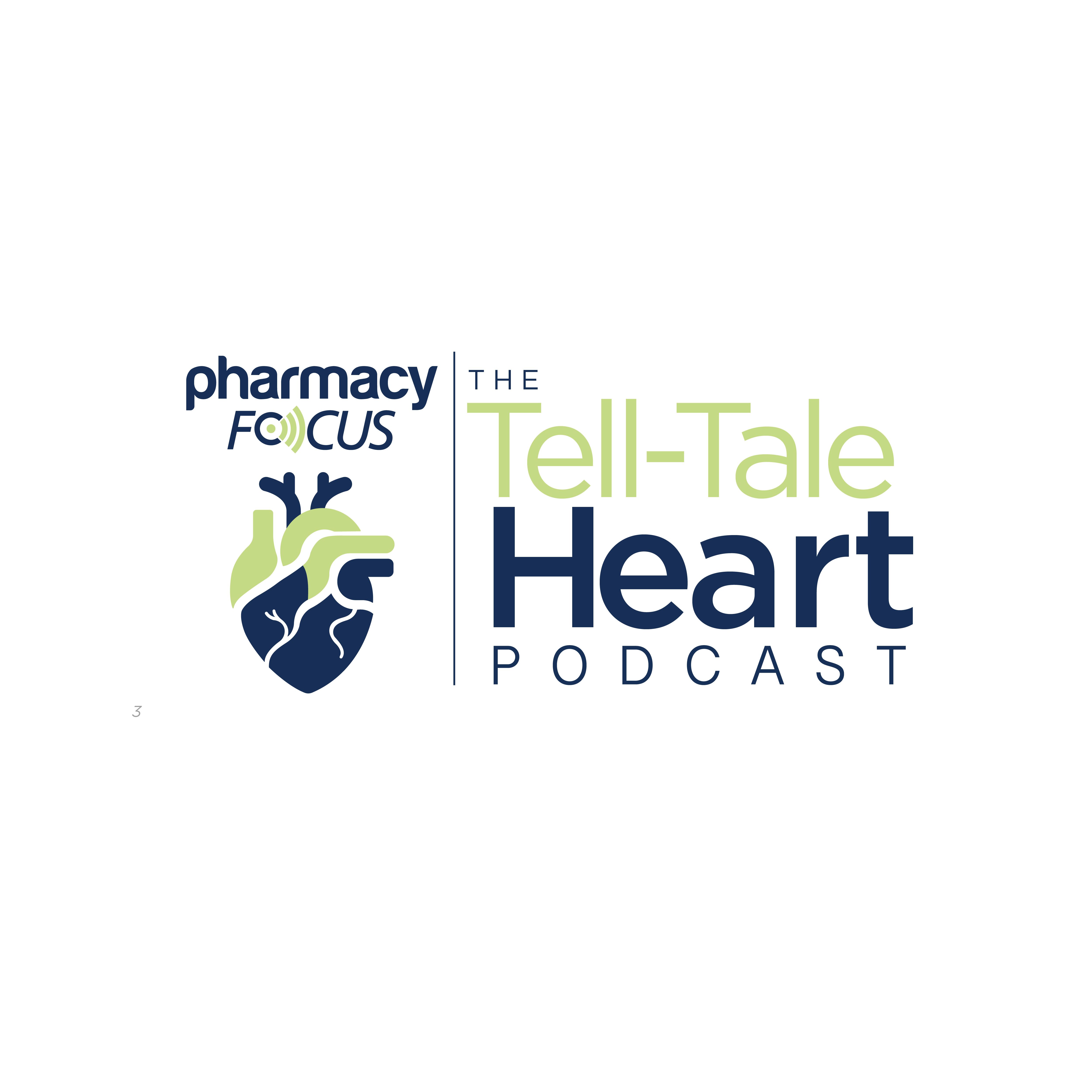News
Article
FDA Approves Auto-Pure 2400 for Faster, More Accurate Tuberculosis Diagnosis
Author(s):
Key Takeaways
- The Auto-Pure 2400 platform with T-SPOT.TB test enhances TB diagnostic speed and accuracy, improving patient outcomes.
- The system processes up to 24 samples in under 3.5 hours, requiring minimal user interaction.
The Auto-Pure 2400 system combines liquid handling and magnetic cell isolation for efficient latent tuberculosis testing.
The FDA has approved the Auto-Pure 2400 liquid handling platform with the T-SPOT.TB test, indicated to offer a faster and more accurate diagnostic result for tuberculosis (TB), providing timely treatment and containment.1
Image credit: Dr_Microbe | stock.adobe.com

According to the World Health Organization (WHO), TB is an infectious disease that is caused by bacteria that typically impacts the lungs and spreads through the air when infected individuals cough, sneeze, or spit. Approximately 25% of the world's population carries the tuberculosis bacteria. Of those infected, 5% to 10% will progress to active TB disease and exhibit symptoms. Common symptoms of TB include prolonged cough, chest pain, weakness, fatigue, weight loss, fever, and night sweats. Additionally, individuals with certain conditions face an increased risk for TB disease, including diabetes, weakened immune system, malnourishment, tobacco use, and harmful use of alcohol.2
The WHO advises that rapid molecular diagnostic tests should be the first test used when diagnosing TB in individuals showing signs of symptoms of the disease. The approval of the Auto-Pure 2400 liquid handling platform with the T-SPOT.TB test marks a significant advancement in rapid diagnostic testing.1
“The integration of the Auto-Pure 2400 platform with the T-SPOT.TB test gives laboratories the ability to process latent TB tests at higher volumes without compromising clinical accuracy,” said Yves Dubaquie, senior vice president of diagnostics at Revvity, in a news release. “By automating T-SPOT.TB testing, we are empowering laboratories with increased throughput and reliability, ultimately leading to better patient outcomes.”1
The Auto-Pure 2400 system combines liquid handling and magnetic cell isolation for efficient latent tuberculosis testing. This system allows for the processing of up to 24 samples in under 3.5 hours, requiring minimal user interaction.1
The T-SPOT.TB test, recognized by the WHO as the only ELISPOT-based IGRA, utilizes cell number normalization to improve result reproducibility and reduce the influence of pre-analytical variables. Additionally, key benefits of the T-SPOT.TB test include fewer inconclusive results, a decreased need for retesting, and reliable performance in immunocompromised individuals.1
“The main advantages of using the T-SPOT.TB test come with the automated workflow steps, which make previously labor-intensive tasks like cell isolation or spot counting both easy and rapid. Now that the TB testing workflow is more technician-friendly, we have been able to process far more samples and identify LTBI with greater accuracy and reliability,” Edoardo Carretto, MD, head of faculty at Santa Maria Nuova Hospital, said in a news release.3
The study authors noted that the combination simplifies T-SPOT.TB testing and provides more accurate results. Once the Auto-Pure 2400 workflow has commenced, hands-on time is shortened by 10 minutes and provides 52-hour sample stability with the use of one primary tube.3
“We have been convinced users of the T-SPOT.TB test for many years and are very satisfied with the performance and results, especially in patients with immunosuppression. The new automation solutions not only enable more flexible sample logistics and laboratory organization but also lead to a higher cell yield with consistently high cell quality,” Marin Obermeier, MD, director and head of laboratory at Medical and Infectious Diseases Center, Berlin, said in a news release.3
REFERENCES
1. Revvity Secures FDA Approval for Improved Automated Latent Tuberculosis Test. BusinessWire. News release. April 2, 2025. Accessed April 2, 2025. https://www.businesswire.com/news/home/20250402936376/en/Revvity-Secures-FDA-Approval-for-Improved-Automated-Latent-Tuberculosis-Test
2. World Health Organization. Tuberculosis. March 14, 2025. Accessed April 2, 2025. https://www.who.int/news-room/fact-sheets/detail/tuberculosis#:~:text=Tuberculosis%20(TB)%20is%20an%20infectious,Tuberculosis%20is%20preventable%20and%20curable.
3. Revvity. Discover a new era of automated T-SPOT™.TB testing. News release. April 2, 2025. https://info.revvity.com/T-SPOT-AP2400
Newsletter
Stay informed on drug updates, treatment guidelines, and pharmacy practice trends—subscribe to Pharmacy Times for weekly clinical insights.






